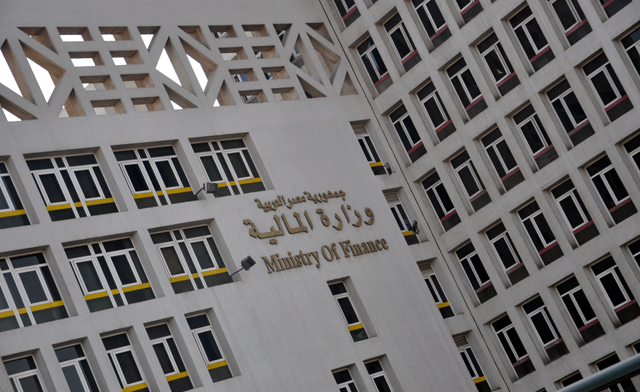
Sudhir Tailang Facebook page
Political satire can be a devastating tool for criticising governments, and the response can be used to gauge the level of freedom of expression. Sudhir Tailang is an Indian cartoonist whose cartoons serve as a measure of how healthy India’s democracy is; he says no politician in India is beyond the reach of his brush. In a new exhibition, part of the India by the Nile festival, Tailang’s work depicts the similarities between Indian and Egyptian political reality, through highlighting the importance of caricature in a democracy.
Tailang, a self-taught cartoonist with a unique and recognisable drawing style, had his cartoon published in 1970 at the age of 10. “I bought several copies to show off in the town I lived,” he recalled.
Tailang says his work is indicative of the political climate in India: “There are some politicians who get very upset when I criticise them and others who take it well.” Despite his reputation in India, he has not received any training as a cartoonist: “The only two job paths you could take at that time were engineering or medicine. When I was little I would draw on the floors and walls of the house. I received countless beatings from my mother because of this,” he added, laughing.
His work today portrays the problems that plague Indian society, and he constantly tests the limits of Indian democracy and freedom of speech. In 2004, he was awarded the Padma Shri award, one of the highest awards for civilians in India. He has also dedicated a book of cartoons on the current Prime Minister of India Manmohan Singh, titled “No, Prime Minister”.
The similarity in black humour used for satire in Egypt and the humour used in the works of Tailang was apparent and was pointed out by the Ambassador of India Navdip Suri in remarkably good Arabic.
“My only regret is that my Arabic is not good enough to understand the nuances of the devastating political humour in Egypt, which cannot be relayed through newspapers but through what you hear from the people on the street. What you see in the newspapers here is only the tip of the iceberg,” said Ambassador Suri, addressing Tailang and the crowd, which included journalists, guests of the embassy as well as other artists and cartoonists like George Bahgoury.
Tailang’s works include several cartoons that specifically mention Egypt in the context of the 2011 uprising. One of them depicts Mubarak as the sphinx, with most of its body crumbling, another with Mubarak on the tip of a pyramid on one leg, about to fall down. A third one portrays Mubarak getting a call from the Indian Prime Minister suggesting a solution that subtly provides commentary on both Indian and Egyptian realities.
Most of Tailang’s work exhibited here in Cairo seems to focus on glaring inequalities in Indian society and the challenges the country faces despite its impressive development— challenges that are echoed very clearly in Egyptian society. The works include commentary on poverty, corruption, ethnic tensions, and most of all, the Indian government, which, according to Ambassador Suri, serve as an example of how caricature can serve as an important tool to deflate politicians’ egos.
Serving as a link between two ancient civilisations and their current realities in the modern age, Tailang’s work is funny and insightful, offering valuable knowledge of Indian society today. The exhibition is ongoing at the Museum of Modern Egyptian Art at the Gezira Exhibition Grounds.



